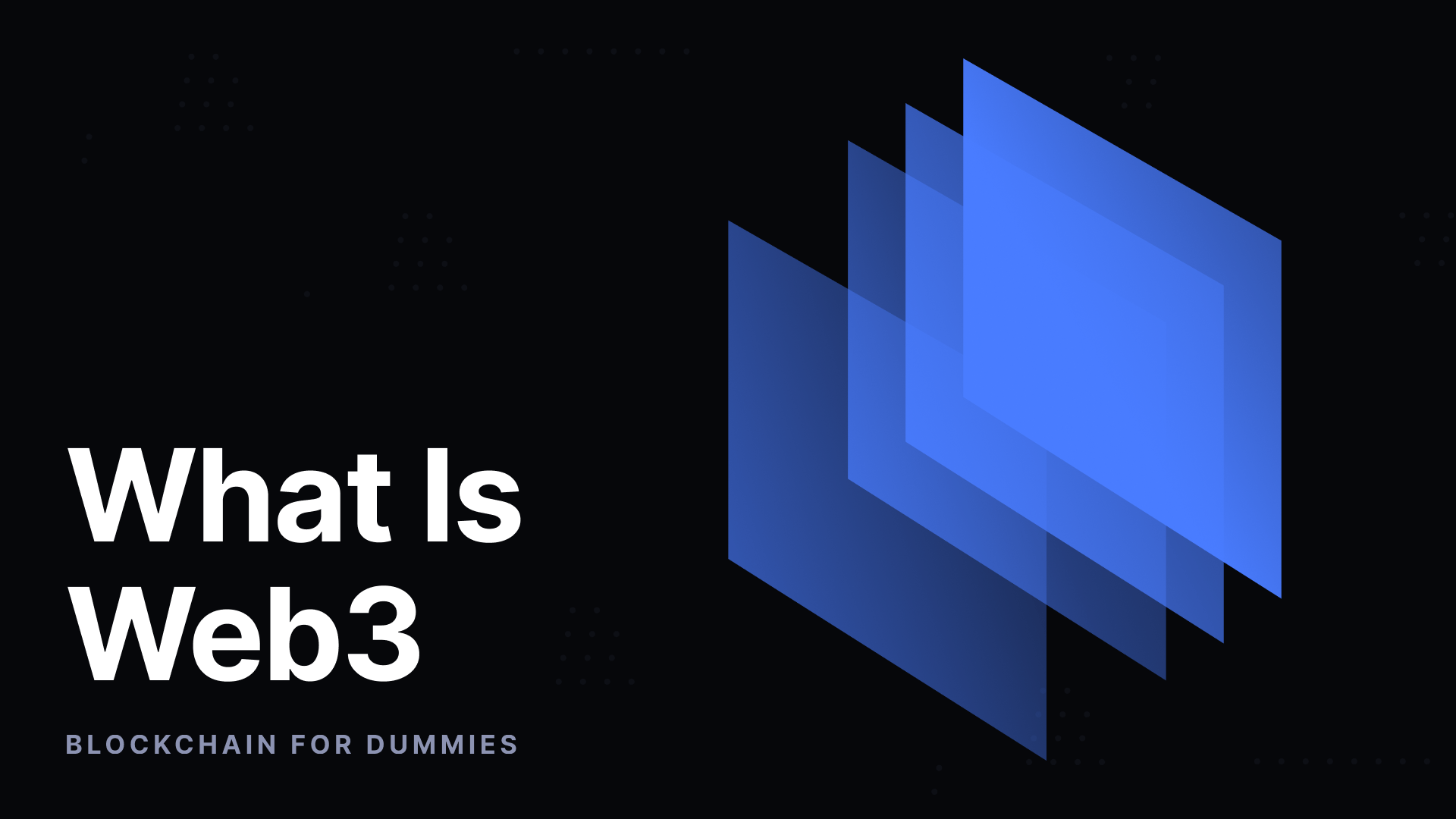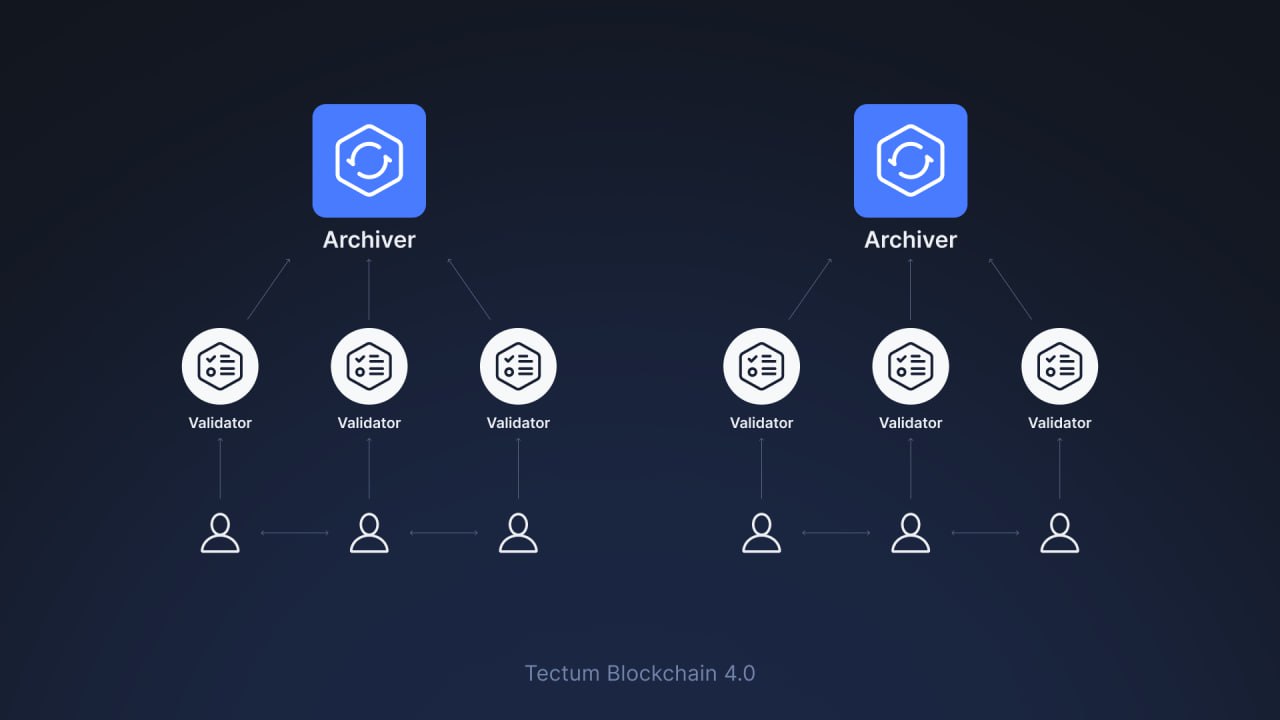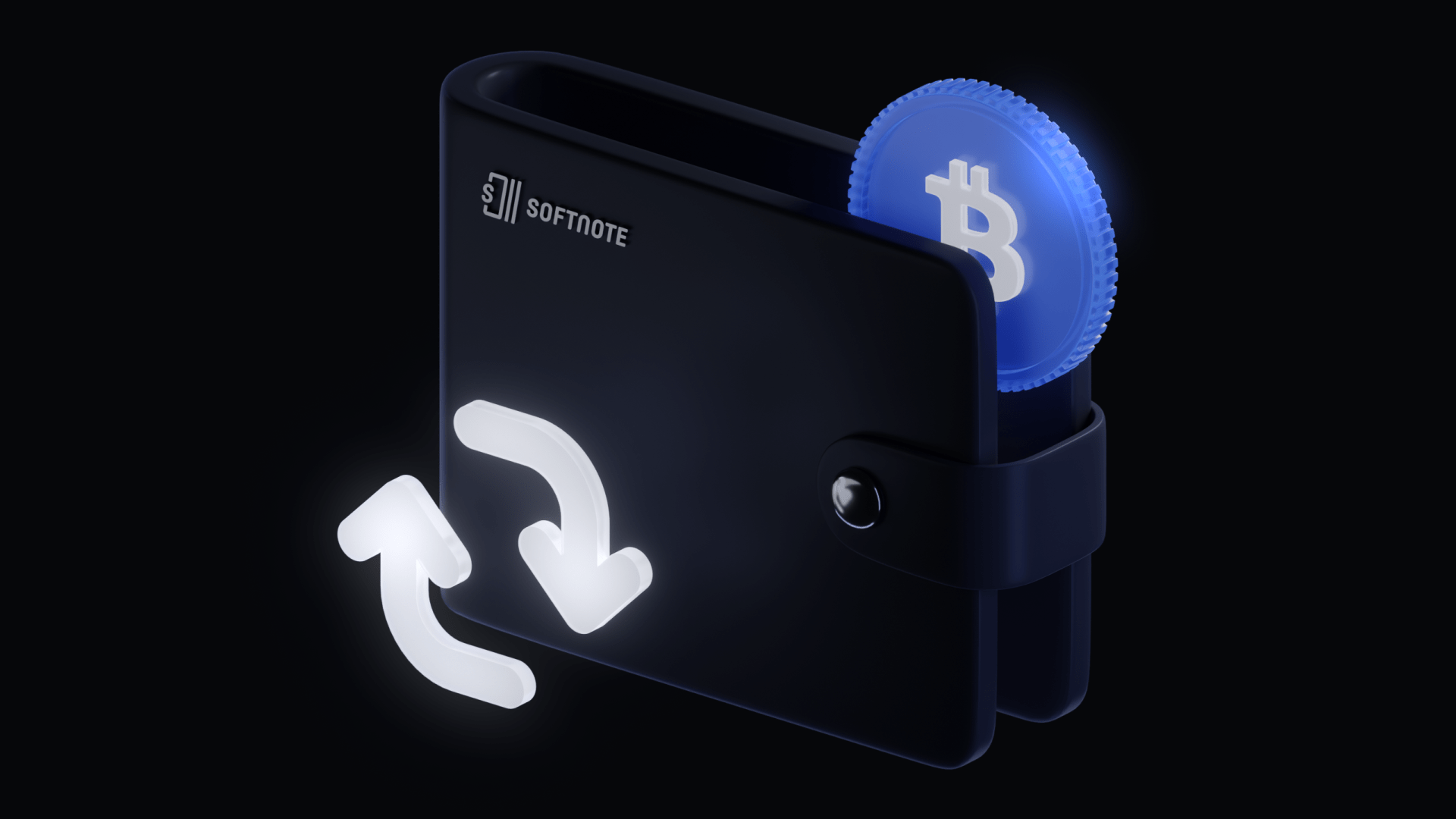The term “web3” is commonly used within the blockchain sector. Sometimes, you’ll also hear statements like “web2” from individuals and experts in the industry. But, what exactly is web3? How does it work?

Is it just a fancy acronym crypto experts use to prove their “expertise”? Or does it have actual meanings and applications?
This article will explore Web3 as the next phase of the Internet and guide interested persons on how to get involved. It is part of the Blockchain for Dummies series, where Tectum enlightens people on all aspects of Web3 by simplifying technical terms.
What is Web3 Technology? A Simple Explanation
Web3 is a decentralized internet built on blockchain technology. To fully understand this concept, we must examine the evolution of the Internet from web1 to web3. Similar to the cellular network growing from 1G to 5G, the World Wide Web has also evolved with time.
Web1 is the first phase of the internet, set around 1991 till 2004. The first web pages were built during this period using HTML. Like digital magazines, people simply scroll through them without being able to do much. Furthermore, companies had complete ownership and control over these platforms.
Web2 significantly changed everything by making things more user-centric. The rise of social media saw users become participants and shareholders of sorts. Instead of companies managing the platform, anyone gets to contribute by simply signing up. This version of the internet led to the rise of user-generated content.
Despite its benefits, web2 had one problem – ownership. Should the website become unavailable or inaccessible, users will lose all the content they created. To better understand this, think about it like building a house on a lease with a repossession clause that can be activated at any time.
You can lose anything you build on that land in the twinkle of an eye. The same principle applies to most social media platforms, whereby users can lose their profiles for just about any reason. Worse still, this drawback is not isolated to just the internet alone, as people can lose money in their bank accounts.
Web3 changes the internet by giving people true ownership of their data, assets, portfolios, profiles, etc. This version of the internet is built on decentralization, ownership, and crypto-economics. These principles ensure that you still maintain control of your data even when the platform becomes unavailable. All of these will become possible
How Does Web3 Work? The Basics for Beginners
Web1 required basic HTML to offer users digital magazines, while web2 integrated CSS, JavaScript, user-generated content, and so on to foster interaction. Web, on the other hand, utilizes blockchain technology to establish its principles.
Unlike in web2, there are no middlemen in web3 and users get to interact in a peer-to-peer environment. The article about blockchain infrastructure shares more insight into how this process works. With no intermediaries, decentralized ledger technologies inculcate measures to ensure security, transparency, and obligation from members in the network.
Here are how blockchain and other components ensure decentralization and ownership:
- Decentralized Network: Often referred to as a blockchain, this is the internet whereby people can exchange information, data, funds, etc. It stores all essential information about data transfers or financial transactions.
- Smart Contacts: This is a form of binding document that will only take effect when all parties involved play their part. Unlike a paper document, this framework is written in programming languages and serves as a gatekeeper of sorts.
- dApps: These are applications tailored to work with decentralized ledgers and support smart contracts. They easily communicate with the smart contracts to ascertain whether everyone has fulfilled their side of the bargain.
- Digital Wallets: To ensure actual ownership, individual information and funds are stored in wallets. This way, nobody loses anything should they can no longer access the platform.
To reiterate, here is the process of how this works. The decentralized network creates an environment that enables P2P transactions. Smart contracts interact with dApps to ensure that everyone plays their role correctly. Once the transfer is confirmed, all parties store their funds and information in their private wallets.
Real-World Applications of Web3
Leaving the theoretical scenarios, let’s answer the question of what people use web3 for. This is vital to understanding how society can benefit from the Internet of the future. In what way can this technology positively impact their lives?
Below are a few examples:
- Decentralized finance (DeFi): The most obvious option is decentralized finance, where people can engage in banking activities without the bank. Just like with regular data transfers, they can send and receive funds without relying on central financial institutions. Furthermore, the money are in wallets which the owners have complete control over.
- NFTs (digital ownership): Instead of relying on platforms to take ownership of information and content, individuals can mint them as nonfungible tokens. These tokens can be stored in digital wallets that will outlast any website, social media platform, or bank. Even better, it’s use case range from property ownership to digital documentation.
- DAOs (Decentralized Autonomous Organizations): Web3 can also be used as a form of governance in an association. It is already applicable in DAOs – a group of individuals associated with a common goal and shared resources. These people pool their resources together into a wallet that everyone in an organization controls. Using a smart contract, they cast votes to make decisions.
What are the Biggest Challenges?
Despite its endless potential and numerous existing applications, web3 still has several hurdles to climb. More so, these challenges cut across all stakeholders, and the technology itself. Combined, the factors that make the whole ecosystem efficient suddenly become stumbling blocks.
Here are some of web3’s biggest challenges:
- Poor User Understanding: Blockchain operates something similar to a laissez-faire style of leadership by giving users significant levels of control. However, this approach will only work properly when the empowered people understand the power that they hold. Unfortunately, most projects do not commit themselves to enlightening users.
- Limited User Expertise: A perfect example of demonstrating poor user understanding is how people react to using decentralized apps for the first time. There is this shock and adverse response to dApps, including wallets. Several users have reported making significant mistakes in their first attempts at using certain functions.
- Technological Complexity: Meanwhile, it is hard to blame users for struggling to access and utilize blockchain applications. These programs are usually complex and require a significant level of expertise. That someone can use a computer does not mean they’ll easily add a new network to a noncustodial crypto wallet.
- Unfriendly Regulatory Framework: Like climbing the technical hurdles was not enough, you also have to deal with the legal framework. Worse still, the government is out to stop you from you the decentralized internet rather than learning more about it themselves. From outright banning to illogical taxation and restrictions, the problems seem unending.
How to Get Started
Looking to delve into Web3? Here is a brief web3 tutorial for beginners:
- Set Up a Crypto Wallet
Download a user-friendly wallet like MetaMask or Trust Wallet.
Store your recovery phrase offline—never share it.
Start with small amounts to practice safely.
- Explore Beginner-Friendly dApps
Try Uniswap for token swaps (like a decentralized exchange).
Visit OpenSea to browse NFTs (no need to buy immediately).
Use testnets (like Goerli) to experiment risk-free.
- Learn Web3 Security Basics
Always verify contracts before interacting (use Etherscan).
Beware of phishing sites—bookmark trusted dApps.
Enable two-factor authentication (2FA) where possible.
- Join Web3 Communities
Follow Discord or Twitter for project updates.
Ask questions in Reddit forums (e.g., r/ethereum).
Attend virtual hackathons or AMAs to learn.
- Start Small and Stay Curious
Swap $10 of crypto to test a dApp.
Mint a free NFT (e.g., on Polygon).
Track gas fees with ETH Gas Station to save money.


